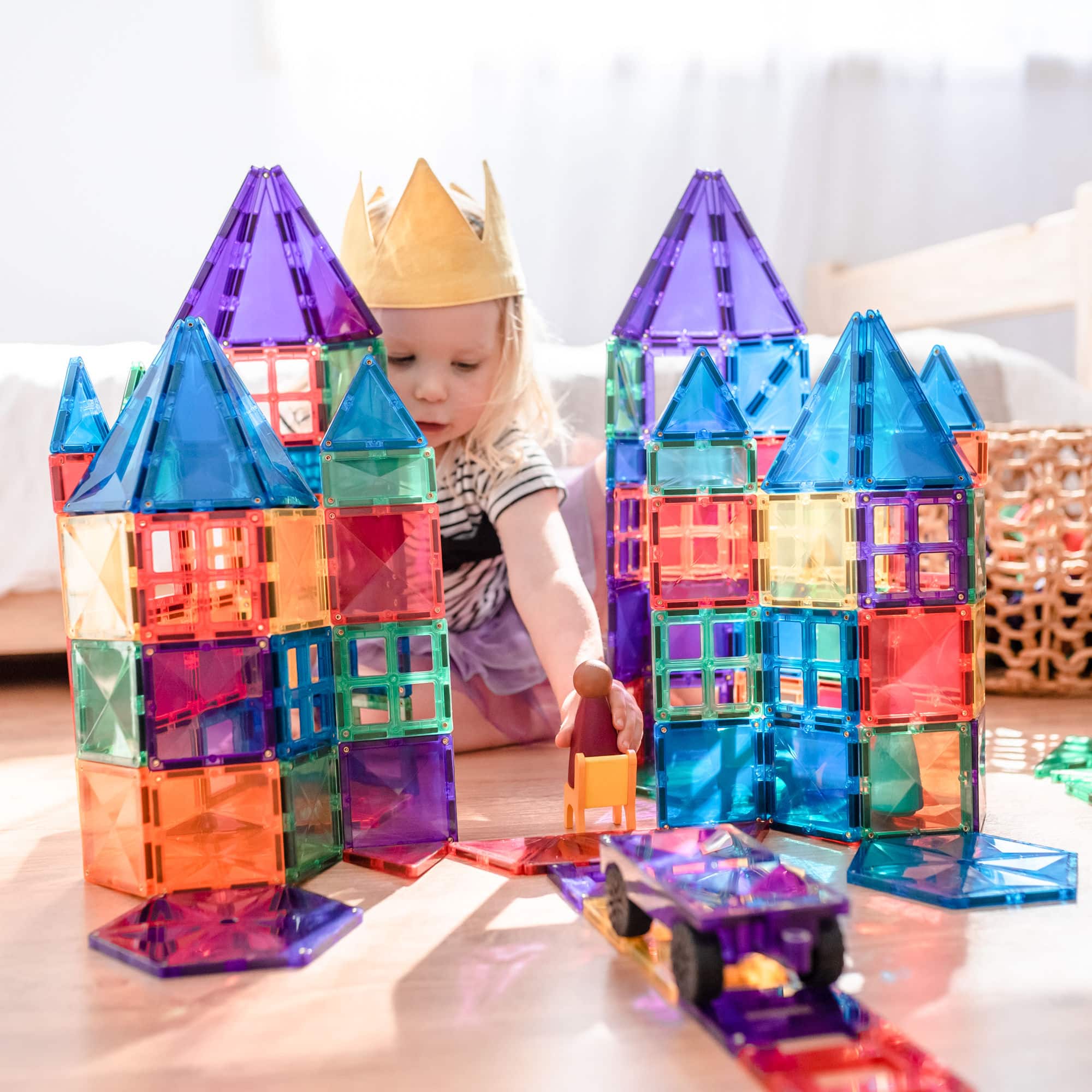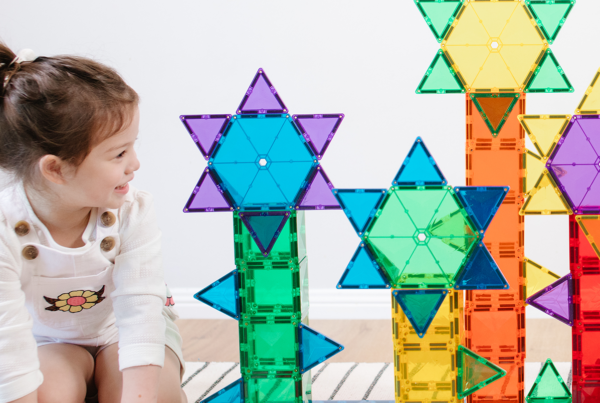Are you looking to extend the amount of time that children play independently?
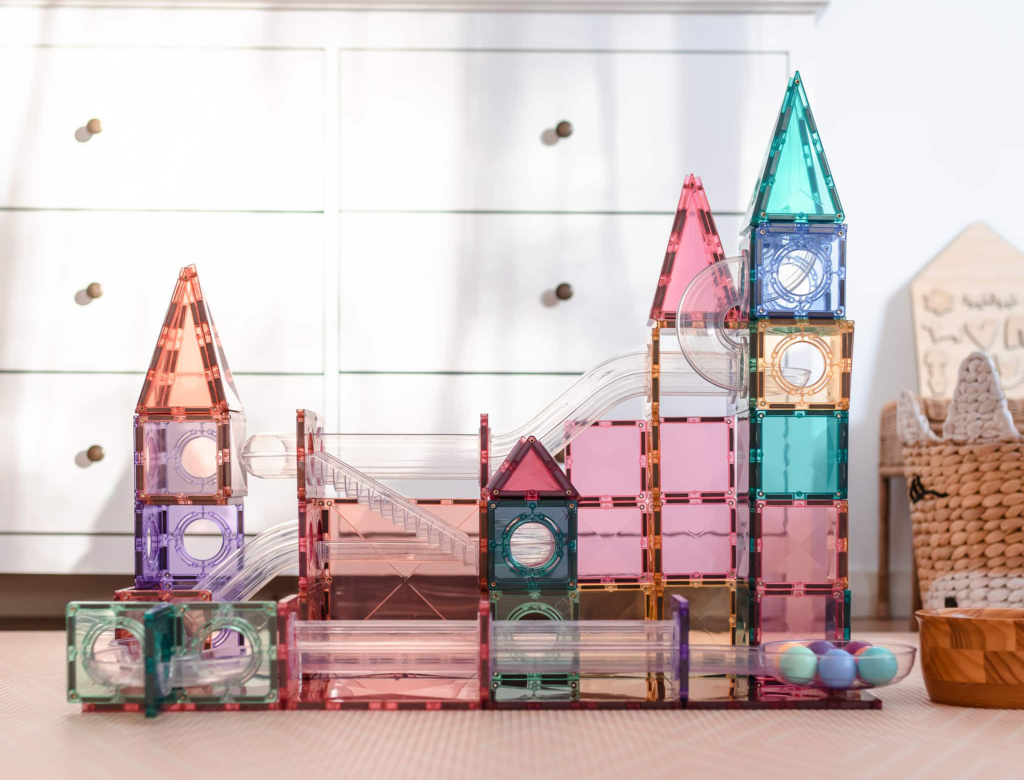
Independent play is when a child can explore and play happily on their own for an age-appropriate amount of time. It does not mean that a child is left on their own, but they are active and engaged through play, whilst an adult is nearby. Independent play is linked to self-regulation, whereby children can understand and manage their social and emotional behaviour.
As an open-ended toy, Connetix magnetic tiles spark imagination and creativity. They are also a highly effective resource to help support social-emotional development and foster independent play.
Let’s explore 5 key steps to encouraging independent play
Safe, supportive environment that limits distractions
The very first step to take is to ensure children feel safe and supported in their environment. In education settings, children can take time to settle and form connections with educators and their environment. Children may also find independent play difficult if there are surrounding distractions. The aim is that they have a space to go to play that has a calm feeling for them.
Age-appropriate expectations
Managing adult expectations on what a child is developmentally capable of achieving can be a crucial step in encouraging independent play and self-regulation in children. Once you recognise attention span expectations and what a child is capable of, you can encourage extending the amount of time of which they play independently.
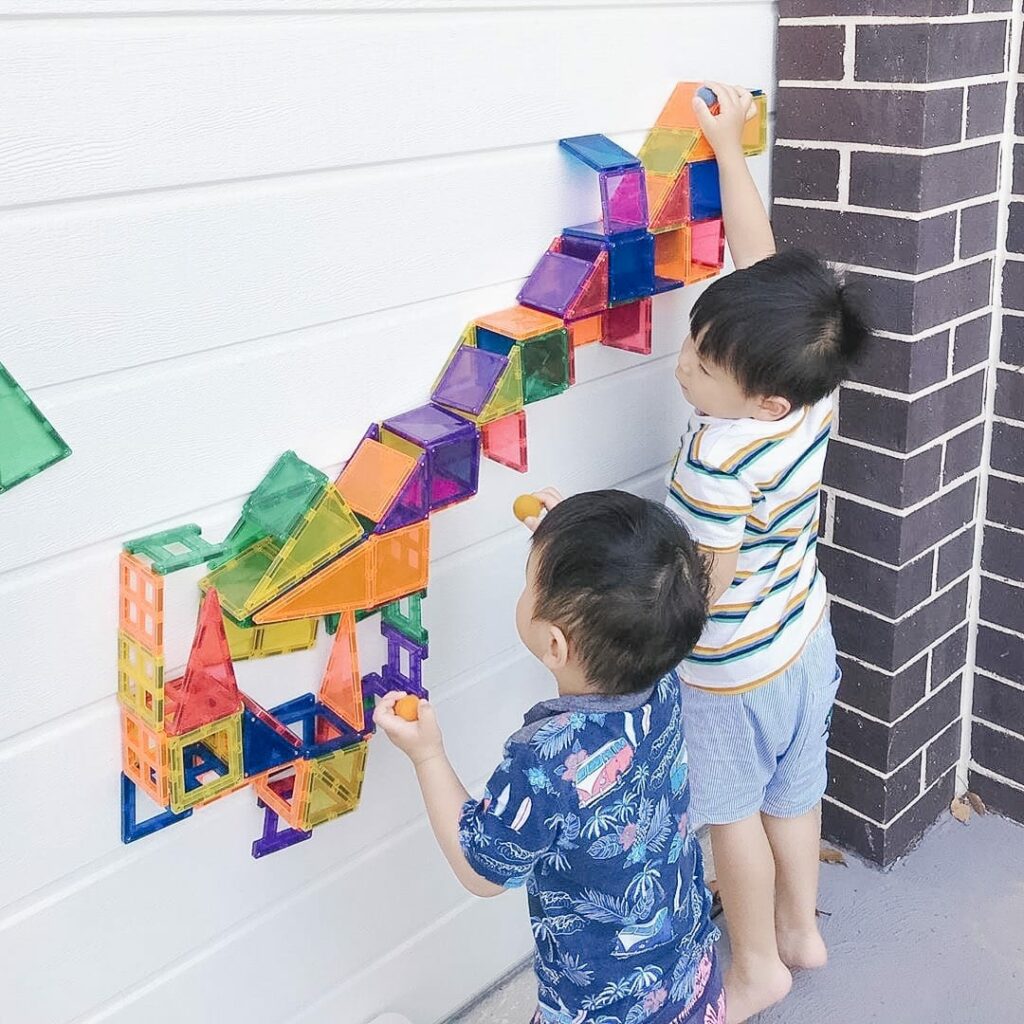
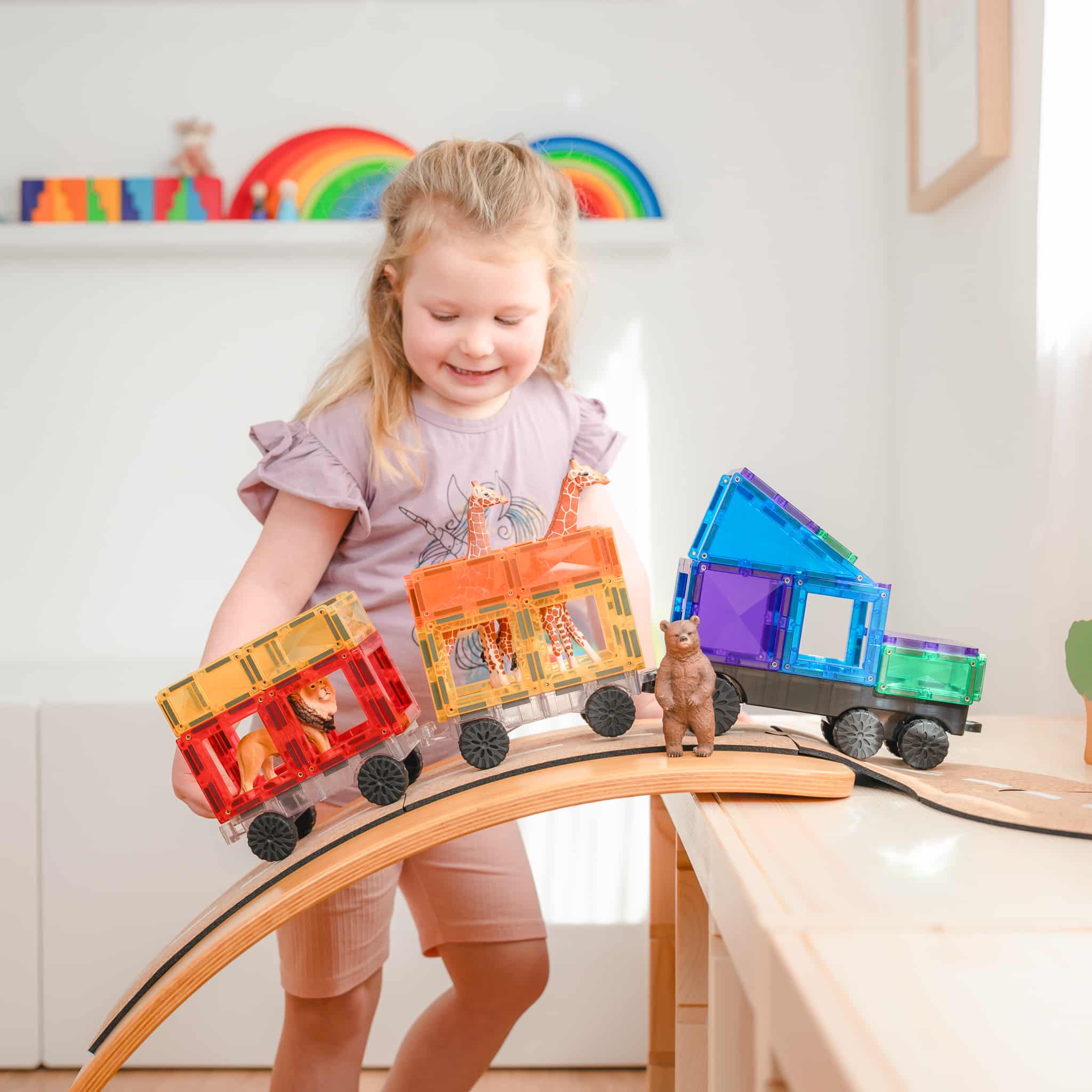
Appropriate resource and toy choices
Overstimulating toys reduce opportunities for extension of independent play as they only provide certain ways to play. Overstimulation can also make a child feel overwhelmed and shut down their play. Offering new and exciting resources like Connetix conversely encourage independence! These high-quality, magnetic tiles support a wide range of social-emotional learning opportunities, including self-regulation, resilience, perseverance and creative problem solving required to engineer a design.
Modelling independent play
Modelling is important for children as it assists in creativity and in opportunities for play. Getting down on a child’s level and modelling how to play helps them to ‘connect the dots’.
For example, starting to build a Connetix tower is a great way to help kickstart understandings of how the magnetic tiles work and engage in a repetitive style of play to build confidence. Be mindful that you are still “joining in” their play. The goal is to transition from them following your lead to slowly taking charge. This enables them to move their engagement towards the play, rather than interaction with an adult.
Proximity and play empowerment
Once a child begins to explore and play, slowly take a step back, moving to another area in the same room. If a child is engaged in independent play, try not to comment or join in unless they engage with you.

Ready for independent play!
By encouraging children to develop independent play, we are also encouraging mindfulness, imagination, problem-solving skills and self-regulation. This will help with success later in childhood as these are key skills required for learning and everyday life.
At Connetix, we love to inspire children to learn through PLAY. As an Australian owned business founded by a Masters certified educator and skilled mechanical designer, Connetix is committed to providing quality open-ended resources that champion learning through play. Made from non-toxic ABS plastic and riveted for extra safety, Connetix meet Australian safety standards and are built to last.
For further information on how Connetix support early-childhood development or inspirational ideas, head to our website to discover our free educational resources.
If you would like to enquire about our CHILDCARE DISCOUNT, please contact us today!

